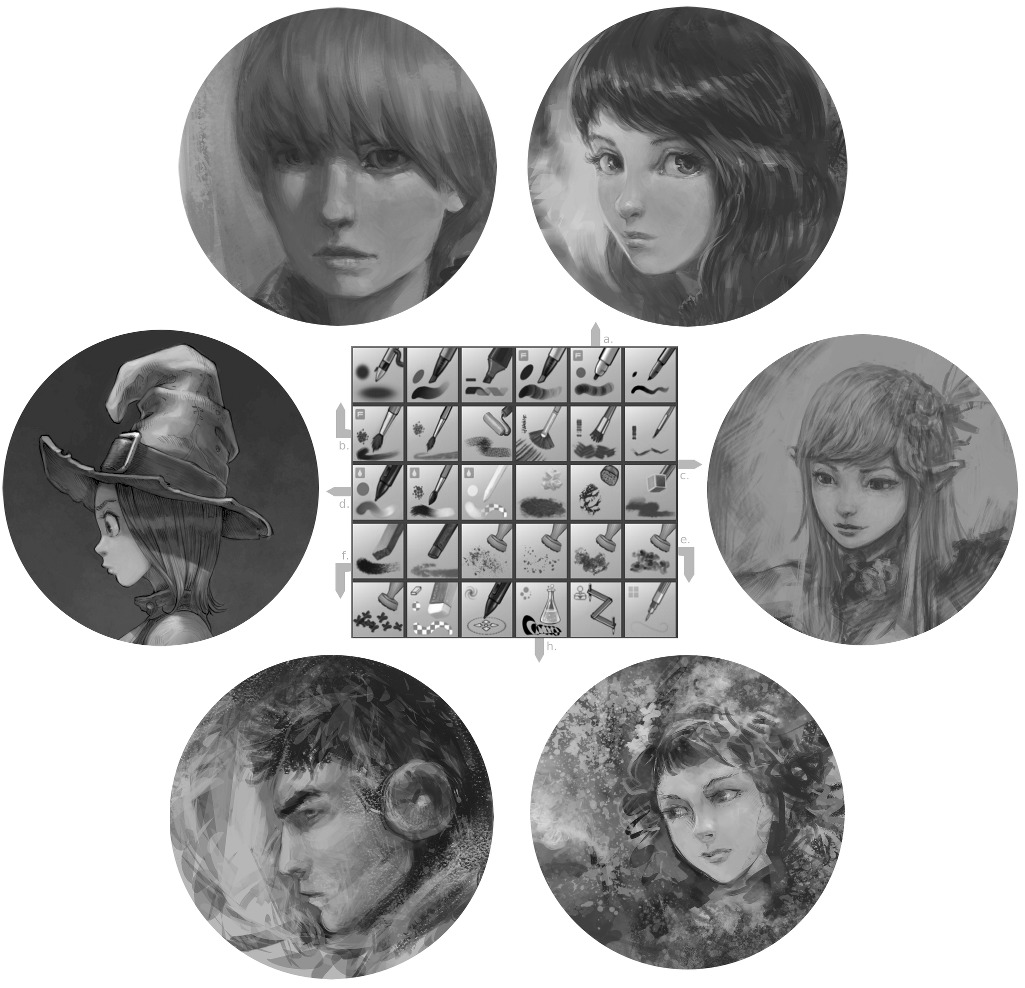

What a concept, eh? But here’s the rub: our grassroots development model means, well… grassroots funding. Moreover, we all believe that artists should own and control their tools, and that digital art should be just as accessible as putting a pencil to paper. Krita is made by a global team of programmers and artists, some working professionally and others passionately contributing their talents when they can, with the shared mission of creating a powerful and expressive tool for artists everywhere. One of the main things that makes Krita stand out from its rivals is its non-profit, open source and community-driven development model. Hey, wait! Don’t skip this part… Krita really needs your support! And of course, there’s a ton of cool new features that we can’t wait for our community of artists to start working with, but before we dig into the details… It has certainly been a long time coming and a lot of hard work, but Krita 5 is here at last! I can say with a measure of pride (and a whole helping of relief for the development team) that 5.0 is up there among the largest and most significant updates that Krita has ever seen, affecting and improving almost every aspect of the program in a variety of ways, big and small. However, opening files created with earlier versions of Krita may require changing a setting to get the originally expected text size.

This allows you to snap to a horizontal or vertical line from existing vector objects’ nodes (Unless dealing with resizing the height or width only, in which case you can drag the cursor over the path). This is useful for comic panels and similar print-layouts, though we recommend Scribus for more intensive work. Guides do not need to be visible for this, and are saved per document. This allows you to snap to guides, which can be dragged out from the ruler. Similar to Grid Snapping but with a grid having spacing = 1px and offset = 0px. This allows to snap to every pixel under the cursor.


Grids are saved per document, making this useful for aligning your art work to grids, as is the case for game sprites and grid-based designs. This doesn’t need the grid to be visible. This will snap the cursor to the current grid, as configured in the grid docker. Now, let us go over what each option means: Grids For Vector layers, this goes even a step further, and we can let you snap to bounding boxes, intersections, extrapolated lines and more.Īll of these can be toggled using the snap pop-up menu which is assigned to Shift + S shortcut. Snapping is the ability to have Krita automatically align a selection or shape to the grids and guides, document center and document edges. In Krita 3.0, we now have functionality for Grids and Guides, but of course, this functionality is by itself not that interesting without snapping.


 0 kommentar(er)
0 kommentar(er)
